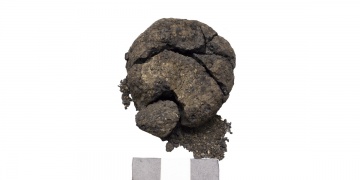
Analyses conducted at Necmettin Erbakan University Science and Technology Research and Application Center (BITAM) determined that the spongy residue was fermented bread from 6600 B.C.
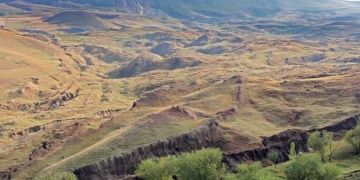
The ruins, claimed to belong to ‘Noah’s Ark’, discovered by expert cartographer Captain İlhan Durupınar in 1959 in the land between Telçeker and Üzengili villages of Doğubayazıt district of Ağrı, attract the attention of local and foreign…
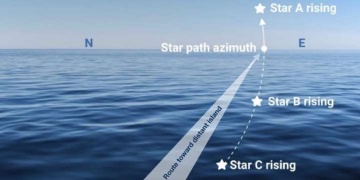
Skyscape archaeologist Alessandro Berio, discovered new evidence that the ancient Minoan civilization developed significant nautical technologies to aid in international sea trade, which is linked to the wealth and expansion of the culture throughout…
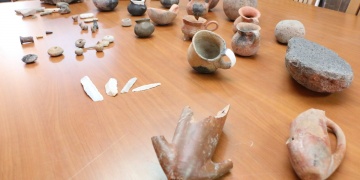
Remains of painkillers were found in 4500-year-old vessels during excavations at Küllüoba Höyük in Eskişehir province from Turkey
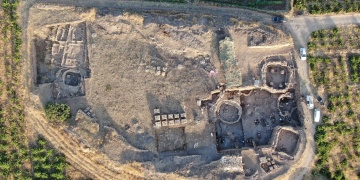
Diyarbakır Culture and Tourism Provincial Director Cemil Alp said '9,300-year-old Gre Filla mound will be moved as it is'. Emphasizing the importance of preserving Gre Filla rather than being destroyed, Alp said that the entire temple will be moved,…
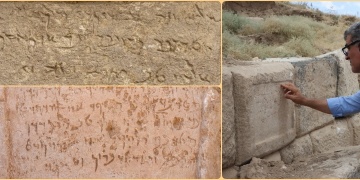
The scientific advisor of the excavation, Prof. Dr. Rafet Cavusoglu, said "Aramaic inscriptions are very important for Anatolian archeology. Aramaic inscriptions were found on an architectural wall for the first time in the Eastern Anatolia Region"

An 8500-year-old wooden ladder remain was discovered in Çatalhöyük, the oldest known metropolitan city in history.


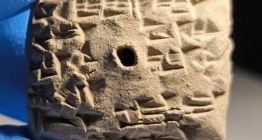

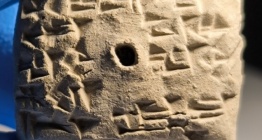
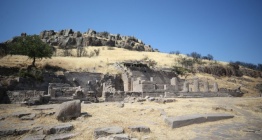
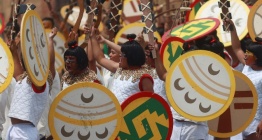










 Türkiye Turizmde 2025 yılı ilk 6 aylık geliri ile yeni bir rekor kırdı
Türkiye Turizmde 2025 yılı ilk 6 aylık geliri ile yeni bir rekor kırdı  Osmanlı Mimarisi uzmanı Sanat Tarihçisi Prof. Dr. Machiel Kiel vefat etti
Osmanlı Mimarisi uzmanı Sanat Tarihçisi Prof. Dr. Machiel Kiel vefat etti 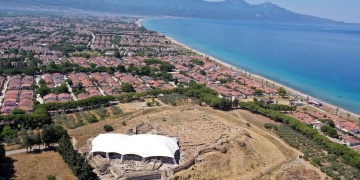 Kadıkalesi'ndeki Kazılarda Cam ve Seramik Fırını İzleri Bulundu
Kadıkalesi'ndeki Kazılarda Cam ve Seramik Fırını İzleri Bulundu 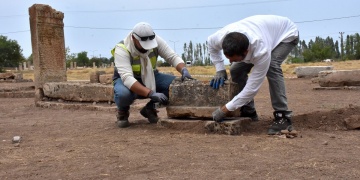 Van'ın Gevaş İlçesindeki Selçuklu Mezarlığında Altı Yeni Mezar Ortaya Çıkarıldı
Van'ın Gevaş İlçesindeki Selçuklu Mezarlığında Altı Yeni Mezar Ortaya Çıkarıldı 

